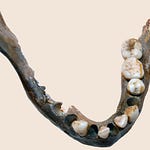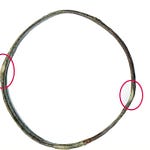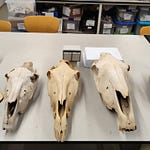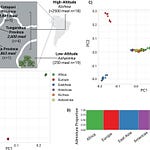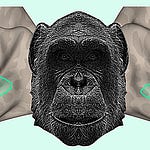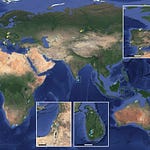A Thousand Years Beneath the Desert Floor
Archaeology often begins with the monumental: pyramids, temples, or the glitter of lost cities. But sometimes the past speaks from less glamorous matter. In the Rio Zape Valley of northern Mexico, inside a cavern hauntingly named La Cueva de Los Muertos Chiquitos—the Cave of the Dead Children—archaeologists once uncovered small, crumbling cylinders of human feces.
These pale, fibrous remnants, dating from 725 to 920 CE, belonged to the Loma San Gabriel culture, a community of agriculturalists who cultivated maize and agave along the highland valleys. For decades, these remains sat in museum collections, little more than curiosities from a vanished world. Now, with the help of cutting-edge molecular biology, those ancient excretions are yielding something extraordinary: a microbial record of the gut as it existed a millennium ago.
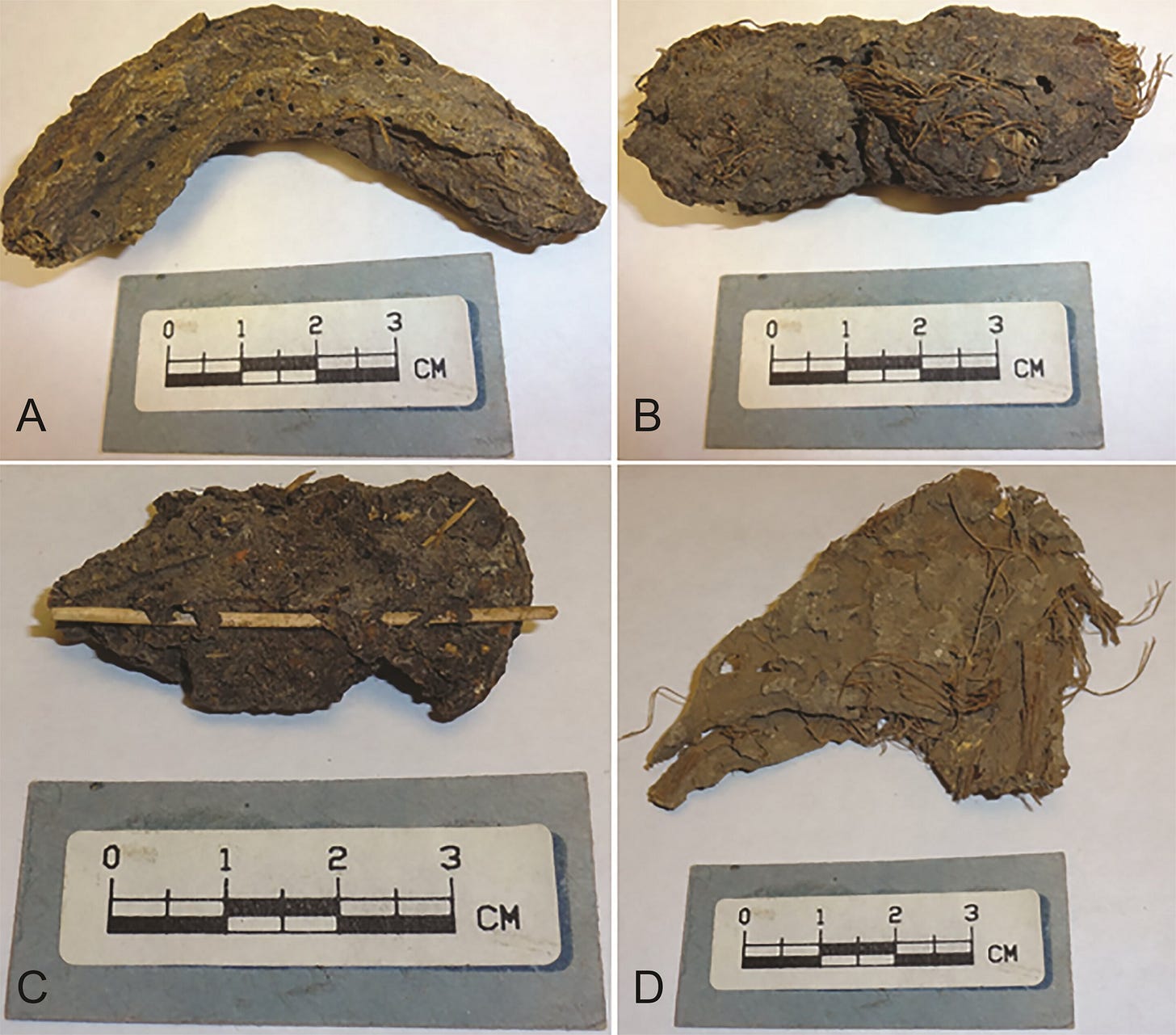
A team led by environmental health scientist Dr. Drew Capone of Indiana University has coaxed ancient DNA from ten of these desiccated feces—or paleofeces—using highly sensitive polymerase chain reaction (PCR) assays. Their findings, published in PLOS ONE,1 reveal that the people of Rio Zape lived with a startling array of intestinal pathogens, from protozoa and bacteria to pinworms and other parasites.
The results are not merely a catalogue of infections. They illuminate the intimate, often unacknowledged intersection between culture, ecology, and the microbial world—an ecosystem of illness that accompanied humans long before modern sanitation or antibiotics.
Listen to this episode with a 7-day free trial
Subscribe to Anthropology.net to listen to this post and get 7 days of free access to the full post archives.




